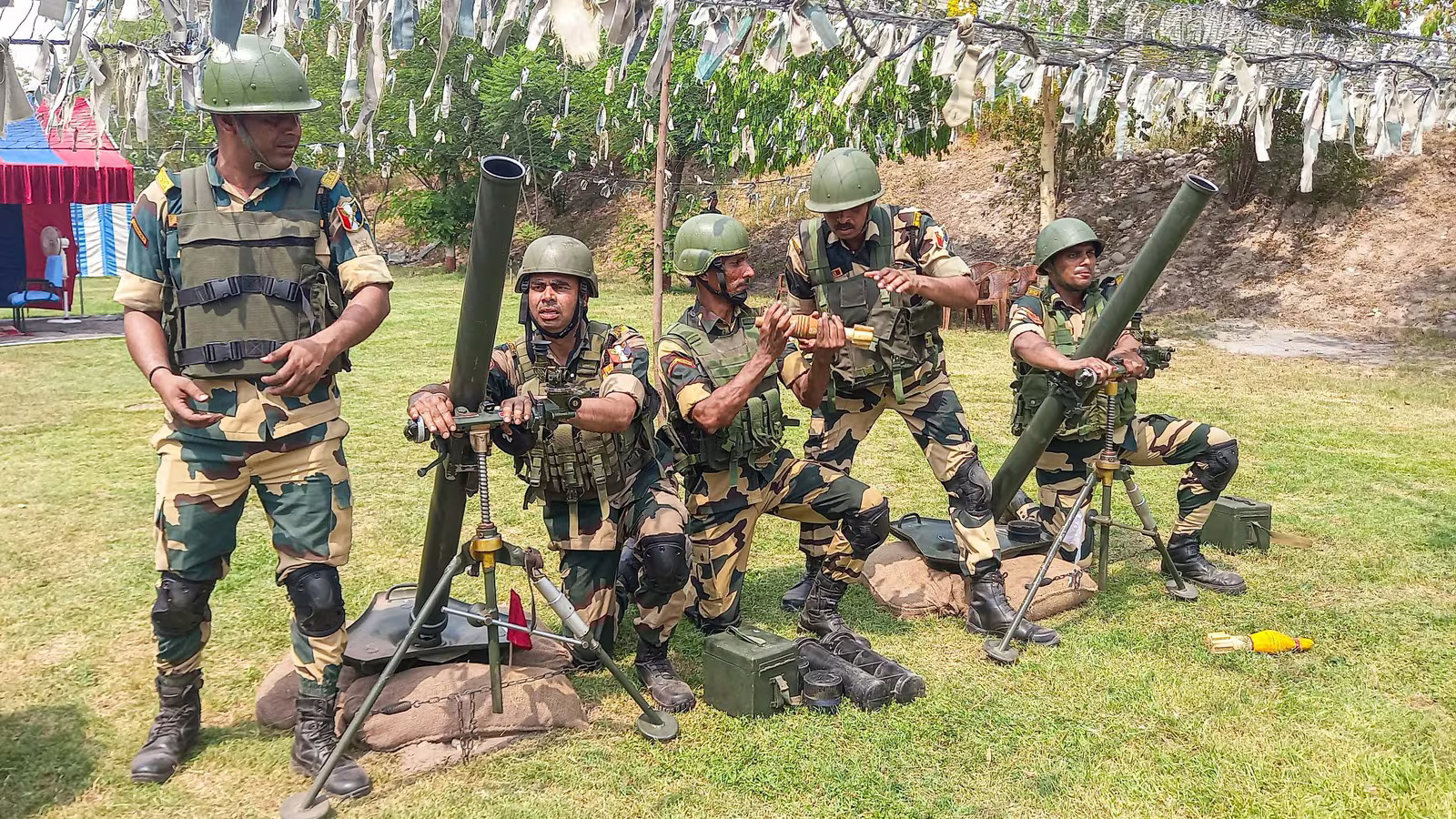The Border Security Force (BSF) has approached the Defence Research and Development Organisation (DRDO) to bolster surveillance along a 113-kilometre stretch of the riverine and mangrove-dense India-Bangladesh border in the Sundarbans. The move comes in the wake of heightened national security concerns and intelligence reports warning of increased terrorist interest in infiltrating through India’s vulnerable maritime and riverine frontiers.
This strategic request was made during a high-level coastal security review held in mid-May at North Block, chaired by the Secretary (Border Management), Ministry of Home Affairs (MHA). The meeting was convened shortly after the conclusion of Operation Sindoor, and amid an ongoing nationwide crackdown on illegal Bangladeshi immigrants and cross-border terror operatives, particularly following the deadly Pahalgam attacks in April.
With intelligence inputs indicating that terror outfits are exploring the remote, creek-laced terrain of the Sundarbans for illegal crossings, the BSF is pressing for a shift to a technology-first approach. This includes the integration of drones, ground-based radars, satellite imaging, closed-circuit TV systems, and artificial intelligence-based monitoring systems.
According to MHA officials, a feasibility study has already been conducted in collaboration with ISRO and DRDO. However, implementation in the Sundarbans may only proceed after DRDO concludes similar surveillance deployments in Gujarat’s marshy creek sectors.
The BSF currently maintains security over roughly 123 km of the Sundarbans sector using 96 patrol boats and 8 floating Border Outposts (BOPs). However, the sheer complexity of the terrain — dotted with mangrove forests, tidal waterways, and remote islands — makes conventional patrols inadequate. This has led to a demand for unmanned, intelligent systems that can plug existing surveillance gaps.
The BSF has also requested land from the West Bengal government to construct seven observation towers and expand its co-location model — where BSF posts are housed with Forest Department infrastructure. Currently, only three such co-located posts exist. While West Bengal officials have agreed to provide land at two of the proposed sites, further approvals are pending. Forest Department non-participation in field surveys has delayed the process, according to an MHA source.
At the recent meeting, attended by BSF Director General Daljit Singh Chaudhary, both sides were instructed to explore alternate sites if needed and jointly assess the feasibility of each location.
This initiative is part of a broader strategy by the Centre to strengthen India’s eastern frontier, which security agencies warn could be exploited by terror networks and illegal migrants unless rapidly sealed and technologically secured. In addition to seeking DRDO’s support, the government has also ramped up troop deployments, intensified deportation drives, and enhanced intelligence coordination with other agencies.
The Sundarbans surveillance project signals a significant push toward modernising border management in one of the most logistically challenging regions of India’s international boundary.













